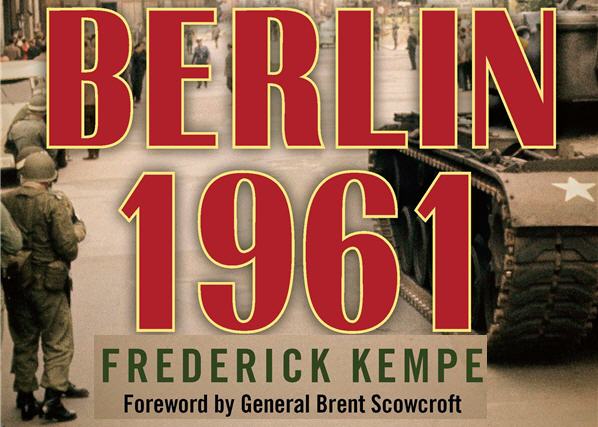
In the days of German unification two decades ago, when I was serving as the Wall Street Journal’s Berlin bureau chief, I marveled at the speed with which the locals bulldozed and then extracted almost every remnant of the Berlin Wall. I was tempted, in an act of civil disobedience, to stand before one of the more important stretches of concrete – say, at the Brandenburg Gate — in an effort to save one of the world’s great landmarks.
When I remarked to the then-mayor and other city fathers that they were being short-sighted in so quickly razing their city’s most compelling tourist attraction, they gave me that condescending up-and-down look that Germans reserve for Americans who have revealed their superficiality.
Yet, as I told any Berliner who would listen, it was as if I were watching London take a wrecking ball to Big Ben, or Paris deconstruct the Eiffel tower or Rome remove its Coliseum (though the place was already in ruins). No, it was far worse! They weren’t just knocking down the city’s most famous and meaningful structure, they were obliterating the world’s most iconic symbol of what unfree systems can construct when free leaders fail to resist.
Berliners, however, told me they had lived with that eyesore long enough. (And, said one German diplomat at the time, they wanted to remove all traffic impediments). They argued that it was important to eliminate the physical wall so that they could more quickly take down the psychological wall that still remained between eastern and western Germans. Berliners wanted to move on, and after all they had some experience at the art of forgetting. Hitler’s war-time Berlin bunker had disappeared without a trace, though that decision was more understandable – removing a potential rallying place for neo-Nazis.
I recount all this now because to enjoy the Berlin of 2011, and to savor it properly, the visitor needs not only to observe what is there but to explore what is not. Berlin is my favorite city in the world – and by some distance – not only because it remains the edgiest major city in Europe, not only because of its unique mixture of low life and high culture, but also because of its many ghosts: Prussian, Fascist, Jewish, Nazi, Communist and, oh, so Hedonist.
There are now audio tours of Berlin that one can follow while bicycling along a path that runs roughly along the entire circumference of the Wall. You can make stops to view what is there, or more frequently the guide asks you to imagine what once either happened or was located there.
Vindicating my view of twenty years ago, both real and fake portions of the Wall have been re-erected at strategic tourist locations to serve as photo backdrops. The East Side Gallery, famous for the artists who used portions of the wall as their canvas, has been made more interesting for tourists by sprucing up much of the original work and whitewashing others and replacing them with images that would be more attractive for tourists.
Today’s Berlin can never again be Christopher Isherwood’s Berlin or divided Berlin: one would need to invite back the fascists and communists to achieve that. To the disappointment of many of us, it is gradually becoming more mainstream, partly because its rents and costs remain so much cheaper than competing London or Paris. The Danes, the Italians, the Poles and the Russians – they all love to invest in bargain Berlin – and they are slowly driving up apartment prices with their purchases.
Yet something keeps drawing me back, because unlike so many other places in the world Berlin really stands for something. That’s why I like to go to the Schöneberger Rathaus and imagine that I’m in that huge crowd watching John F. Kennedy in 1963 declare himself, as a free man, to be a Berliner – having forgotten by that it was he two years earlier who had acquiesced to the building of the Berlin Wall in the first place.
Fred Kempe is president and CEO of the Atlantic Council. His latest book, Berlin 1961, was published May 10. This essay originally published by the Wall Street Journal, where Kempe spent more than twenty-five years as a reporter, columnist, and editor.
Image: berlin1961-cropped.jpg
